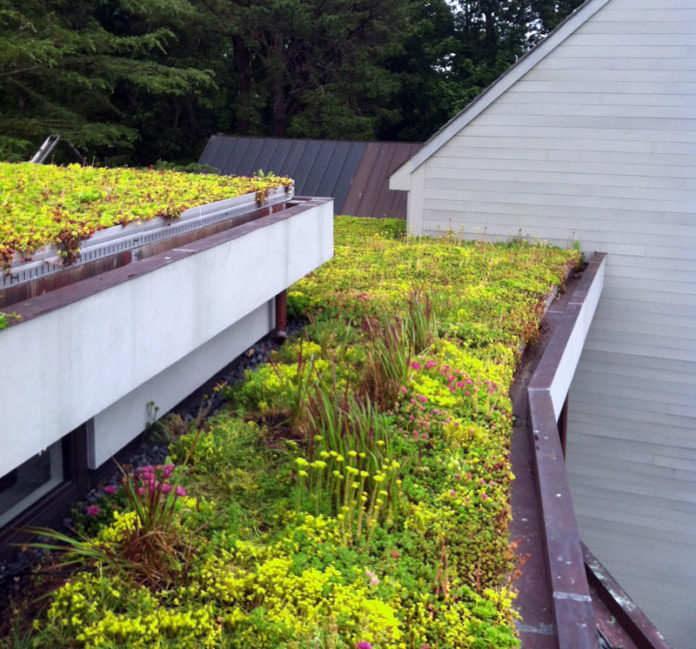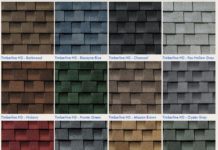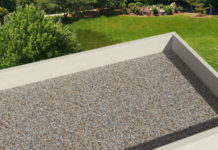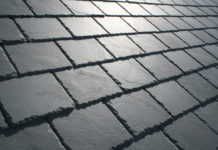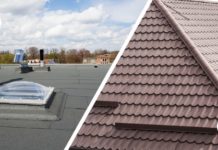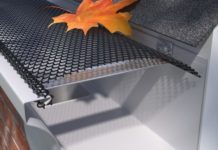A living roof is not a new concept. Living roofs have been used for centuries in home construction but an increased interest in environmentally responsible architecture over the last couple of decades has led to a rise in the demand for living roofs on both residential and commercial buildings. Today many excellent examples of living roofs can be found in in cities throughout the world.
There are many benefits to having a living roof that can’t be found in traditional roofs. A living roof provides a thick layer of insulation that can keep a home interior warm in winter and cool in summer. The vegetation on the roof also offers a natural habitat for birds, butterflies and other beneficial insects. Trees and green plants also reduce the effects of air pollution by absorbing carbon dioxide and releasing oxygen.
Living Roof – Two Basic Types
There are two basic types of living roofs. One has a layer of soil deep enough to support trees and large plants. Due to the added weight, extra reinforcement is needed for this type of roof. The other type of living roof has a thinner layer of soil that will sustain grass, flowers and other small plants. The latter is less expensive and easier to install because it requires less support. Both types of roofs are very flexible in that their design layout can be changed just like any other landscaping.
Living Roof – The Importance of Proper Installation
While most living roofs are installed in new construction, it is possible to have existing homes and buildings retrofitted with a living roof. The main concern is the weight and need for additional structural support. Homeowners considering this type of roof should consult with a contractor that has experience with living roofs. It’s important to check the credentials of any roofing contractor before signing anything or committing to the project. Remember that a living roof is not your typical roof and it needs a professional with the expertise to make it safe.
A living roof is a beautiful alternative to traditional roofing materials and when it comes to an environmentally friendly option a living roof is at the top of the list!

